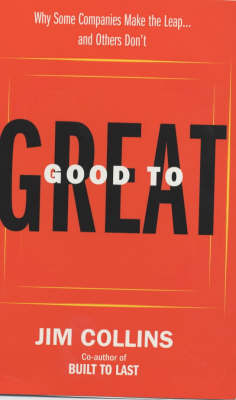
Kevin Costain
Written on Jul 12, 2020
As Collins reveals the companies his team has chosen, it becomes very clear who dated the materials are here. I know he’s trying to create a timeless tome, but one can’t help but think of Fannie Mae’s troubles in 2008 and Circuit City’s demise in 2009. Not to mention the inclusion of a tobacco company (for which Collins explains the company's presence on the list better in a FAQ at the end). I continue to remind myself that historical perspective can be helpful to understand also.
As the book continues, the concepts start to win out over the specific company examples (as they should). Sure, Collins is gushing over a cigarette company’s moves, but the essences of what he calls “Level 5 Leadership” is what should be focused on here. When he gets into the “Fox and the Hedgehog” the concepts are starting to win over the dated material. Still, here the limited view is that growth and stock market returns are what a makes company “Great.”
Some of the is dubious though. The book actually mentions how bad “growth for growth’s sake” actually is, it talks a out bow a Wallgreens rival does this. by taking a bet on home video. Certainly a risky play that could have turned in their favor (though we all know now what became of all home video). Collins at times seems to pick the risks and bets he thinks fit his research team’s narrative (the hedgehog concept in this case). He even explains that a company need not be big to be great, but the research team picks no companies that would be considered small.
Those very concepts are at time amazing though. Being a modest leader? Amazing. Leading by example? Of course. There are philosophical questions here worth examining and probably should have been the center of the text.

